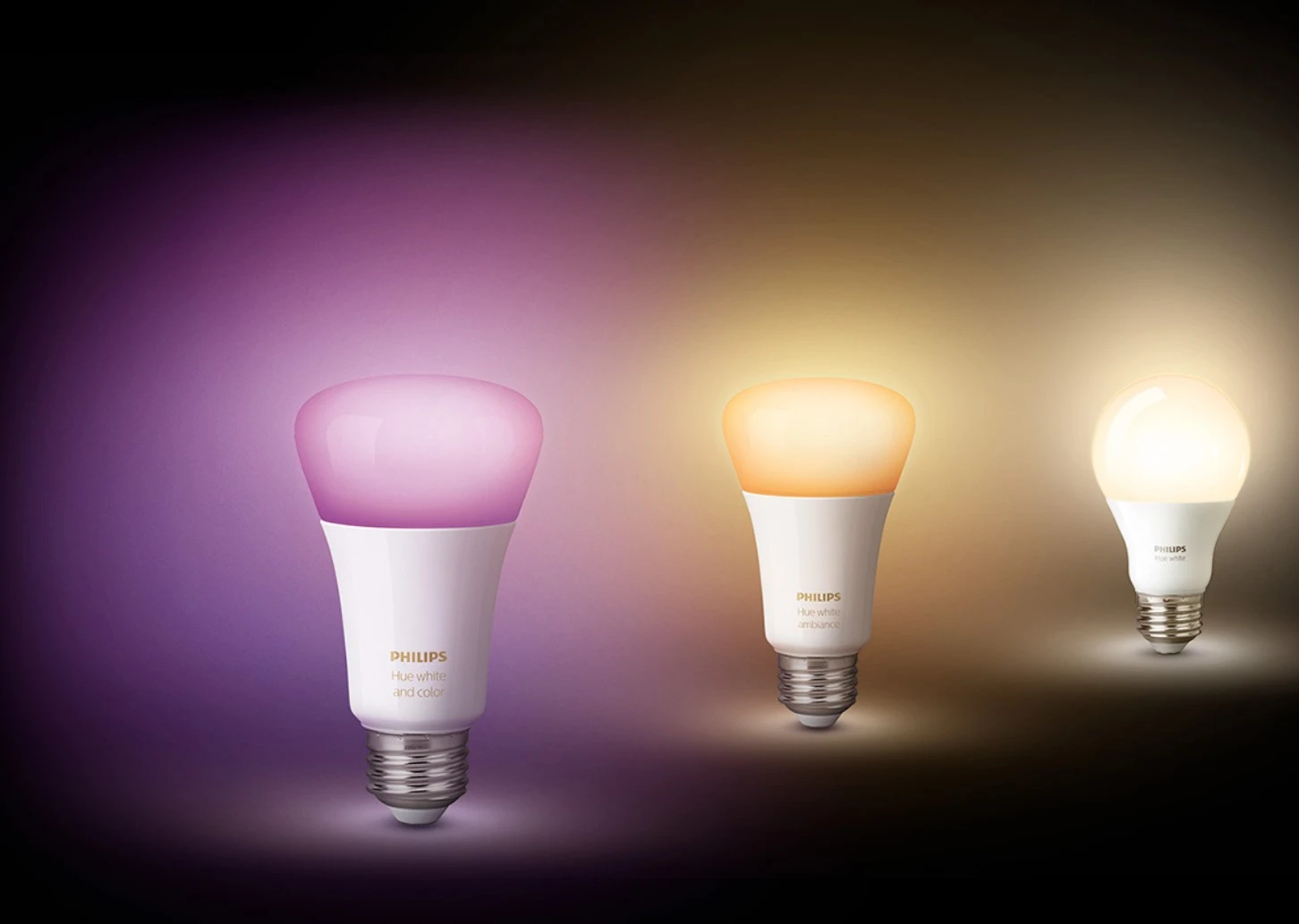Smart technology is taking off like a rocket, expected to be present in the market size of smart homes in the United Arab Emirates from 2012 to 2022 up to $726.26. And industry experts are expecting that the usage will increase more.
Smart Tech’s popularity and capabilities are continuously growing and evolving – and for a good reason. With smart technology’s energy efficiency, convenience and user-friendly interfaces, the people of Dubai are quickly adopting how connected household systems can enrich our lives.
One of the most approachable and widespread uses of smart home technology is in lighting. Smart home lighting is most often wirelessly connected through your Wi-Fi or Bluetooth.
Smart bulbs and switches flawlessly integrate with all the lighting in your house, creating a network. This network connects to the internet, giving you access to control your lighting manually and automatically through connected devices and apps.
This form of smart technology can come with a mass of useful features such as setting scenes and colours, automatically dimming the lights at certain times or turning them on when you get up in the morning. But with such a wide variety of bulbs, hubs, switches and price points, how do you know which ones make sense for your home?
The challenge is to start here. As per the market research, a lot of people might have likely told you that smart lighting is a good entry point, and that is good advice. But, what they probably forgot to mention is that you have to face another division in the road, choosing between smart bulbs and smart switches. It’s not as simple as one might think, but don’t worry, we’re here to guide you on the difference.
Smart Bulbs v/s Smart Switches:
Let’s figure it out both separately one by one:
SMART BULBS are best used in places where mood lighting is essential. Normally, you need different kinds of lights to set different moods. With smart bulbs, you just need one kind, even you will already have the ability to adjust the light’s brightness, change from warm white to cool white and even change its colour depending on your lighting need.


For example, your living room or entertainment room would be a good place to start. Having the ability to change the brightness and colour of the lights would enhance your movie-watching experience. Secondly, you have to go to the dining area would also be a good candidate to have smart bulbs, especially if you like to set a different mood whenever you have guests in your home.
3 key advantages of SMART BULBS:
Mood lighting: As mentioned above, smart bulbs have lots of features that allow the user to change the brightness, colour and temperature of your light. It even has programmable “scenes” if ever you need different lighting effects for special events.
Very easy to install: The process is so easy that anyone can set-up a smart bulb with just the help of a screwdriver. If you need to move it to a different area, you just simply move it there. You don’t even need to do the set-up process again since it will automatically reconnect to your router and have all of your original settings as soon as it goes online.
No neutral wire is needed: You don’t need to consult an electrician before buying a smart bulb, all you need to do is to make sure that the smart bulb that you plan to purchase will fit the light fixture you have in place.
SMART SWITCHES, on the other hand, are usually used in areas where mood lighting is not needed. Before we proceed, though, we need to take a step back and understand why you also need to evaluate the kind of users.


Just like any smart device, a smart bulb needs to always be powered up and connected to the internet for it to work consistently. As such, the switch that powers it always needs to be at the “ON” position. Given this, there are only 3 ways to control it:
Through the app, which is a bit of a hassle.
Through routines, which is impractical, especially if people use that light often.
Through voice commands via a smart assistant such as Google or Alexa.
Option 3 is the best and most convenient way of controlling a smart bulb.
Believe us!
The 3 key advantages of SMART SWITCHES:
Friendly-on-pocket: If you have a big home and use lots of lights, using smart switches would be more economical since you can control more lights with fewer units.
Easy to use: Changing to a smart switch will entail very little or close to zero adjustments for your household.
Multi-control association: A 3-way switch allows a user to control a specific light or fixture from two different locations. The only problem is you need special wiring for this. With smart switches, you can get this feature by just wirelessly connecting two smart switches.

